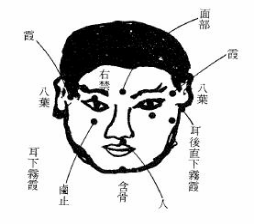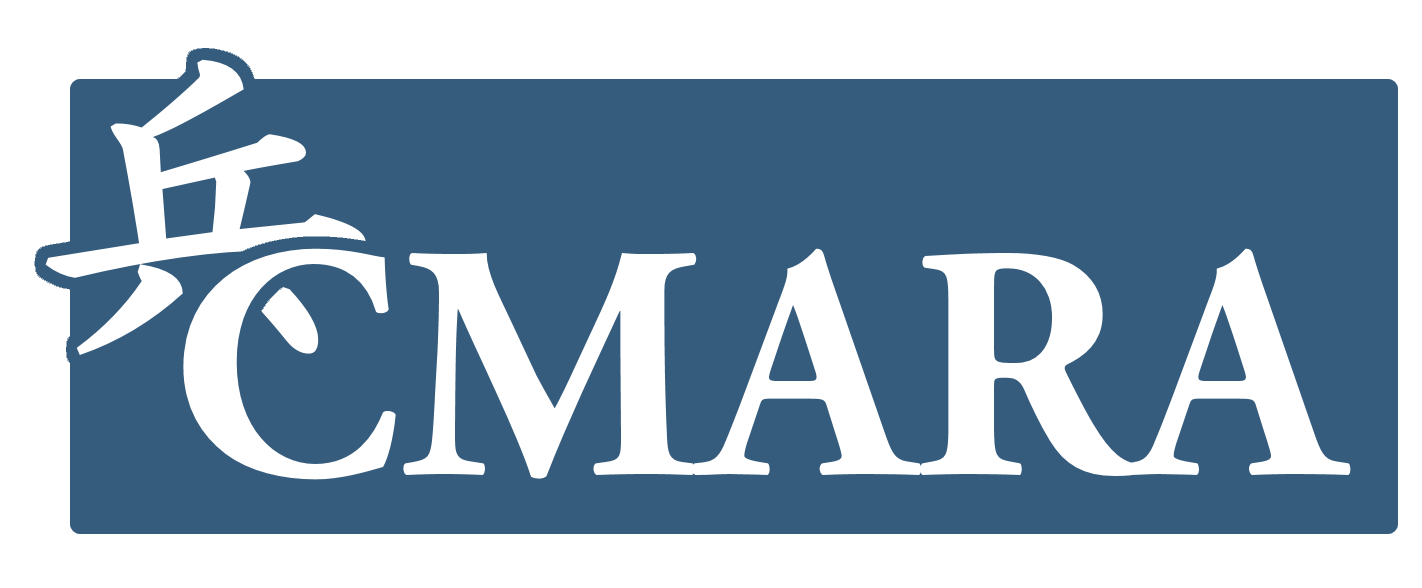According to one theory, all martial arts are divided into three development areas:
- movement
- Weapons
- Targets
Our movements are defined as taijutsu and its movement quality is described in Sanshin no kata. We call our weapons for “ken” (fist, or what is in the fist; 拳) can simply translate to “effectors” to be used in various forms of combat situations. There can be different types of weapons and tools in the physical situation, but even such abstract misinformation, psychology, etc. on the logical information – and behaviorism.
The Target that we attack with our “ken” is commonly known as “kyusho” (急所).

Kyusho is the general term for martial targets and critical vulnerabilities found on the enemy. The term, however, could vary depending on region and tradition, and was called for example “kinketsu” (禁穴) – dangerous hole – in Koto-ryu and “shiketsu” (死穴) – deadly hole – in Takagi Yoshin-ryu, while in Kukishin-ryu more generally called “atekomi kokoroe” (当込心得) – knowledge of the targets in the body (atekomi is synonymous with atemi 当身 = blows to the body).
Checkpoints to grab the sword and knife called “kirisho” (also read as Sessho; 切所) – cut points. These were taught in the inner secrets (hiden; 秘伝) in each school and the number of points could vary from a few, to hundreds, even if in reality the during the ongoing struggle there’s not so many to choose from.

When it comes to punches and kicks against these points, you have to understand that there are individual differences in the effect on the opponent. One must also be aware that some of these points can also be used to mitigate the effects of enemy impact on your body and to speed up recovery after an injury, it is then called kappo (活法).
The manipulation of these points could be done with a strike (atekomi/atemi) with hand edge (Shuto 手刀), fist (kobushi 拳), fingers (Shito 指先), open hand (hirate 平手) toes (ashisaki 足先), ankle (ashikubi 足首) etc. The effect that was desired was to put the enemy in temporary shortness of breath, confuse him or to temporarily paralyze the body’s movement.

Within our Koto-ryu koppojutsu it is described in the book Shoden Chugokui (初伝中極意) where Koppo kinketsu is named, diagrams and effects are described. It contains:
- Manipulation of kappo points,
- Manipulation of points that destroys,
- Knowledge of the things that kills instantly,
- Strikes cause damage long after the hit,
- Points that temporarily prevents life “ki”
- items that prevents full mobility for three to seven days,
- Points that paralyzes the movement immediately
- Points that stops the movement temporarily
- Painful points, and so on.
This method is called gomon no kei 五問之形 – the doctrine of the five approaches – in this little book, it is shown that each item can be manipulated in five different ways for different purposes. It says that when you have trained in the ability to atekomi the points, you will start to develop the mental capacity (Seishin ryoku 聖心力) to Tōate ( “strike at a distance”; 遠当) .

Kyusho is thus not only to physically manipulate the points that give pain. People are designed so that they may be unable to move if they manipulated the points that feels comfortable. Therefore, says the book, “that it is important to study humans and animals [eg. moving things, and would now also be able to include vehicles, etc.], in order to understand their function and their weaknesses.” This achieves the mysterious abilities described in ancient legends.
Today, everything around us in society amounts to kyusho points: vehicles, buildings, information systems, logistics systems, power grids, etc., and knowledge of these are also included in our goshinjutsu exercise for us to prepare ourselves to protect from them.
Translated by Luke Crocker from HERE.

